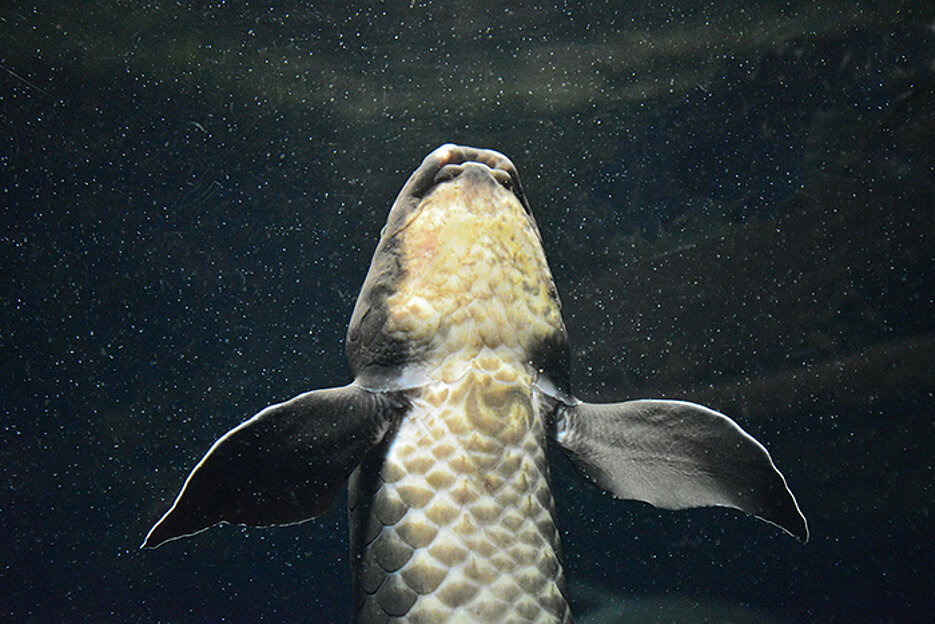Activity › Forums › Discussion › What species has the largest genome?
Tagged: Australian lung fish, genome size
- This topic has 2 replies, 3 voices, and was last updated 2 years, 7 months ago by
 A. Hammouda.
A. Hammouda.
-
AuthorPosts
-
-
2023-05-09 at 7:50 pm #2951
What species has the largest genome?
How large is the human genome compared to other species?
-
2023-05-11 at 8:57 pm #2962
One of the most fascinating questions in biology is what determines the size and complexity of a genome? A genome is the total genetic material of an organism, encoded in DNA or RNA. The size of a genome is measured by the number of base pairs. The human genome has about 3 billion base pairs, but this is not the largest or the smallest genome among living organisms.
The largest genome currently mapped for an animal belongs to the axolotl (Ambystoma mexicanum), a type of salamander that can regenerate its limbs and other body parts. The axolotl genome has 32 billion base pairs, which is about 10 times as many as the human genome. The largest genome sequenced for any organism overall is that of the Japanese canopy plant (Paris japonica), a flowering plant that grows in the mountains of Japan. The Japanese canopy plant genome has 149 billion base pairs, which is about 50 times as many as the human genome .
On the other end of the spectrum, some organisms have very small genomes. The smallest genome known for a cellular organism belongs to Carsonella ruddii, a type of bacteria that lives inside insects. The Carsonella ruddii genome has only 160,000 base pairs, which is about 18,750 times smaller than the human genome. The smallest genome known for any organism belongs to a virus called MS2, which infects bacteria. The MS2 genome has only 3,569 base pairs, which is about 841,000 times smaller than the human genome.
The size and complexity of a genome do not necessarily reflect the size and complexity of an organism. Some organisms have large genomes with a lot of repetitive DNA, which may not have a specific function. Some organisms have small genomes with a high proportion of genes, which may encode for essential functions. The evolution and diversity of genomes are influenced by many factors, such as mutation, recombination, duplication, deletion, insertion, transposition and horizontal gene transfer. Comparing and contrasting genomes can help us understand the similarities and differences among living things.
[This answer was generated using AI]
-
2023-05-12 at 8:05 pm #2964
Actually, the axolotl (Ambystoma mexicanum) was previously known for having the largest genome among animals with 32 billion base pairs. However, recent research shows that the Australian lungfish (Neoceratodus forsteri) has replaced the axolotl as holding the record for the “largest genome in the animal kingdom.
The Australian lungfish (Neoceratodus forsteri) has the largest genome of any animal sequenced so far with 43 billion base pairs. This is around 14 times larger than the human genome.
Reference: Giant lungfish genome elucidates the conquest of land by vertebrates

-
-
-
AuthorPosts
- You must be logged in to reply to this topic.